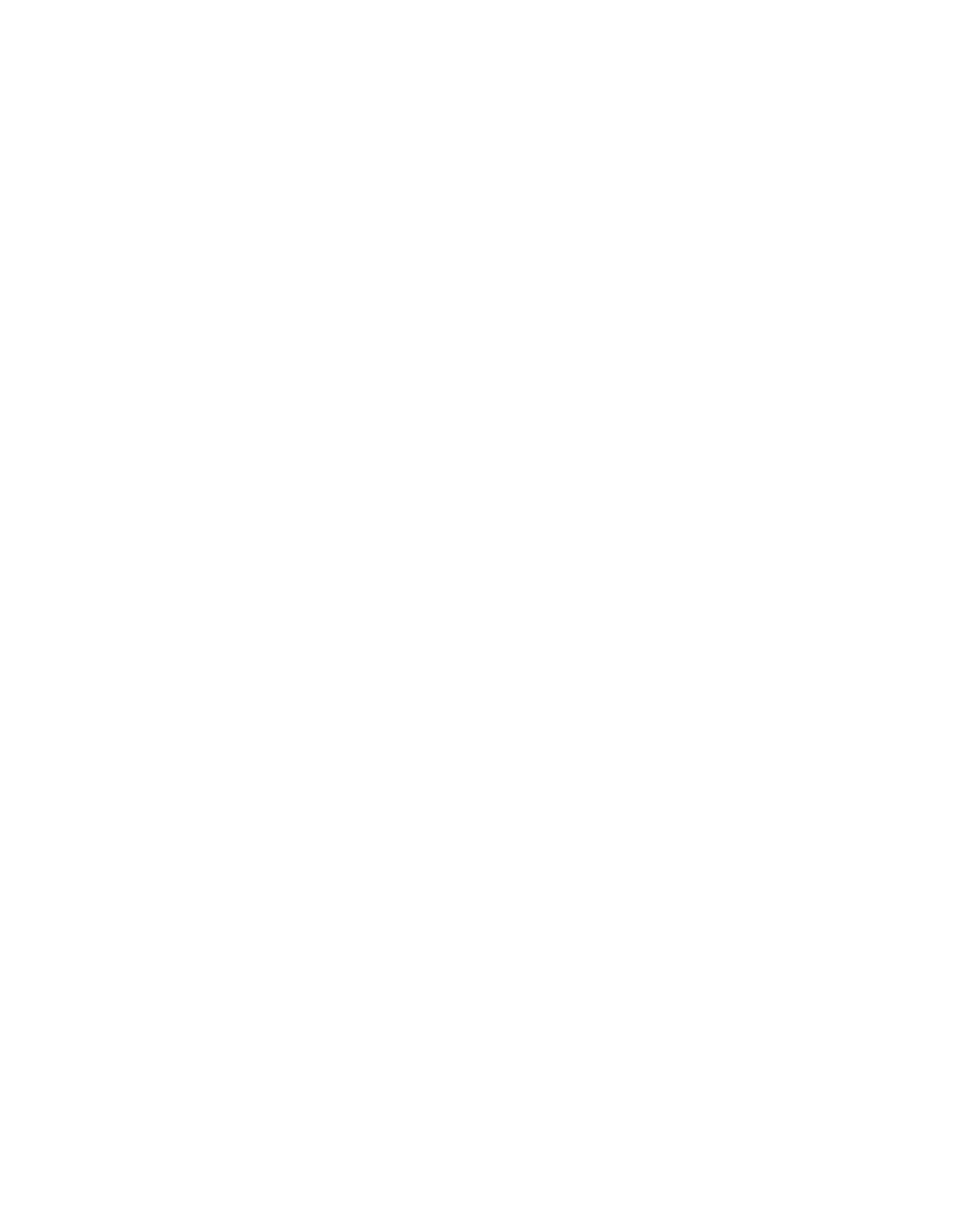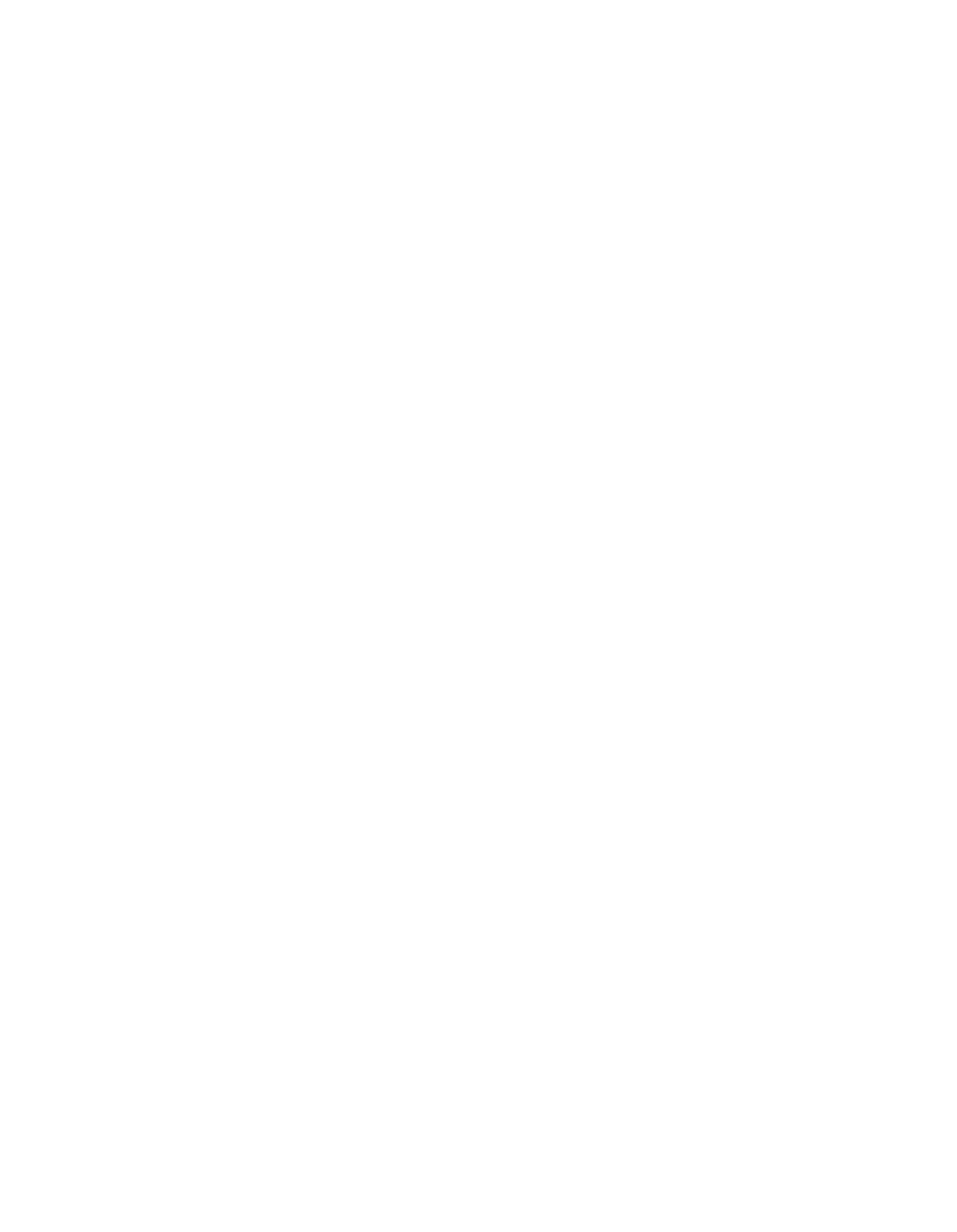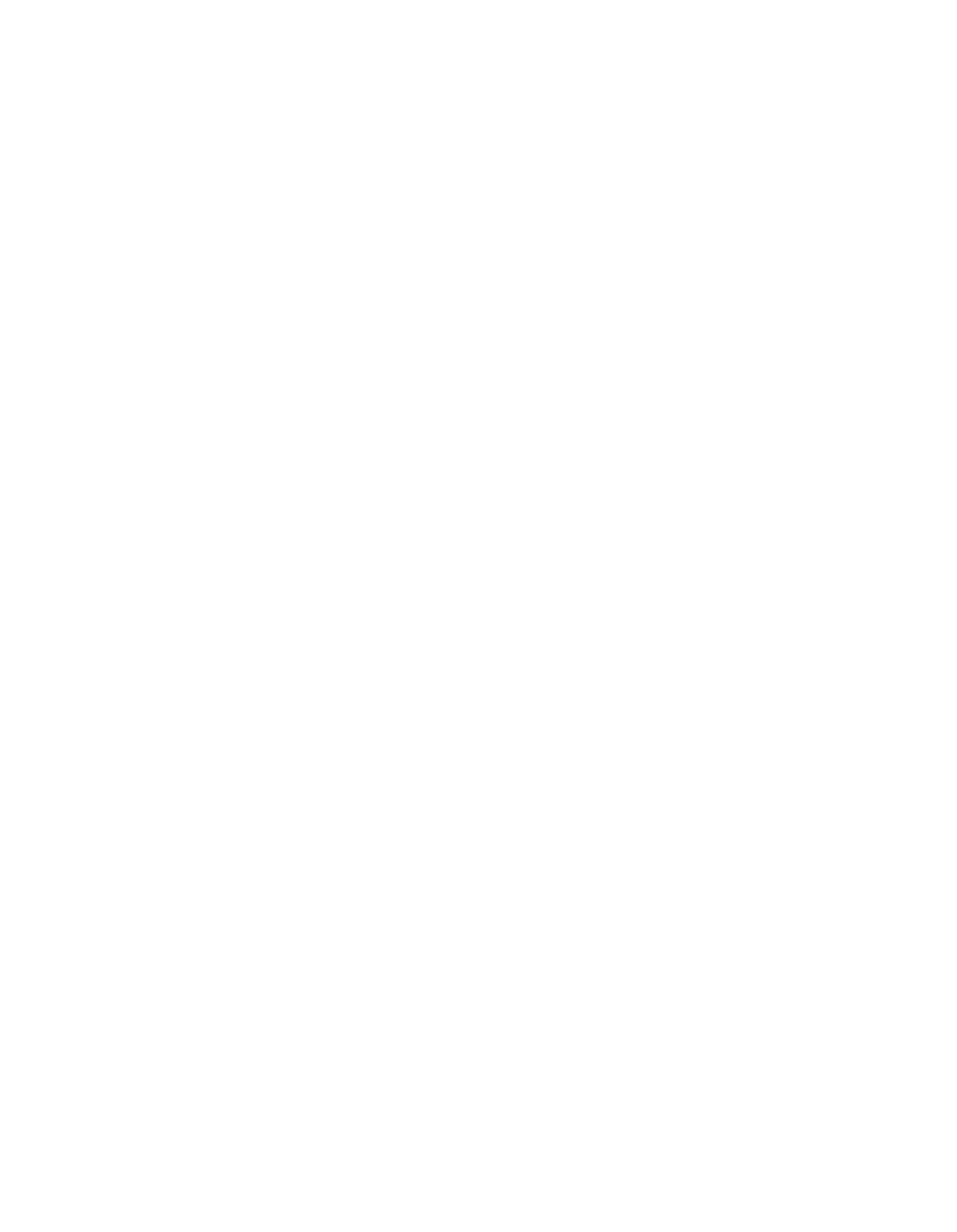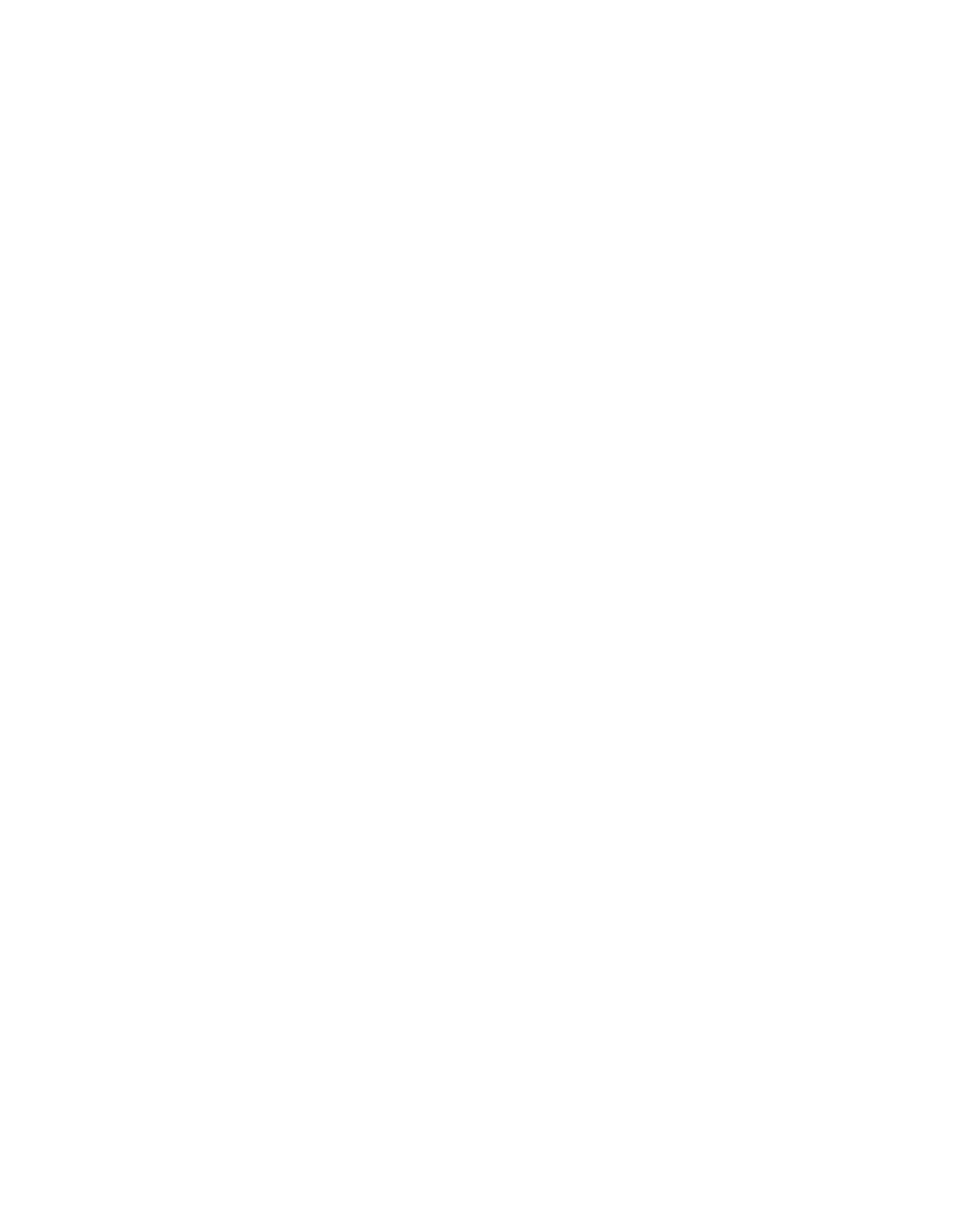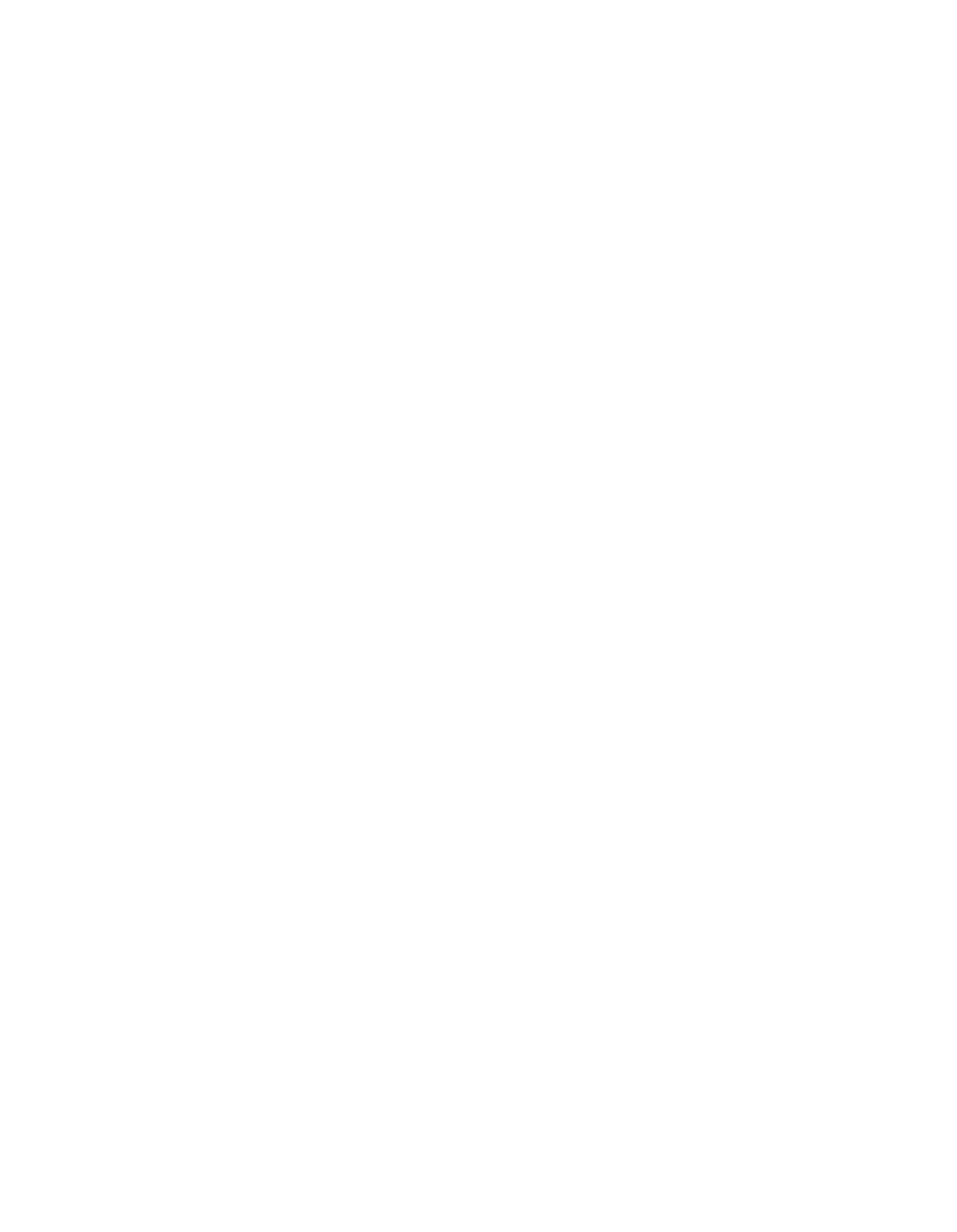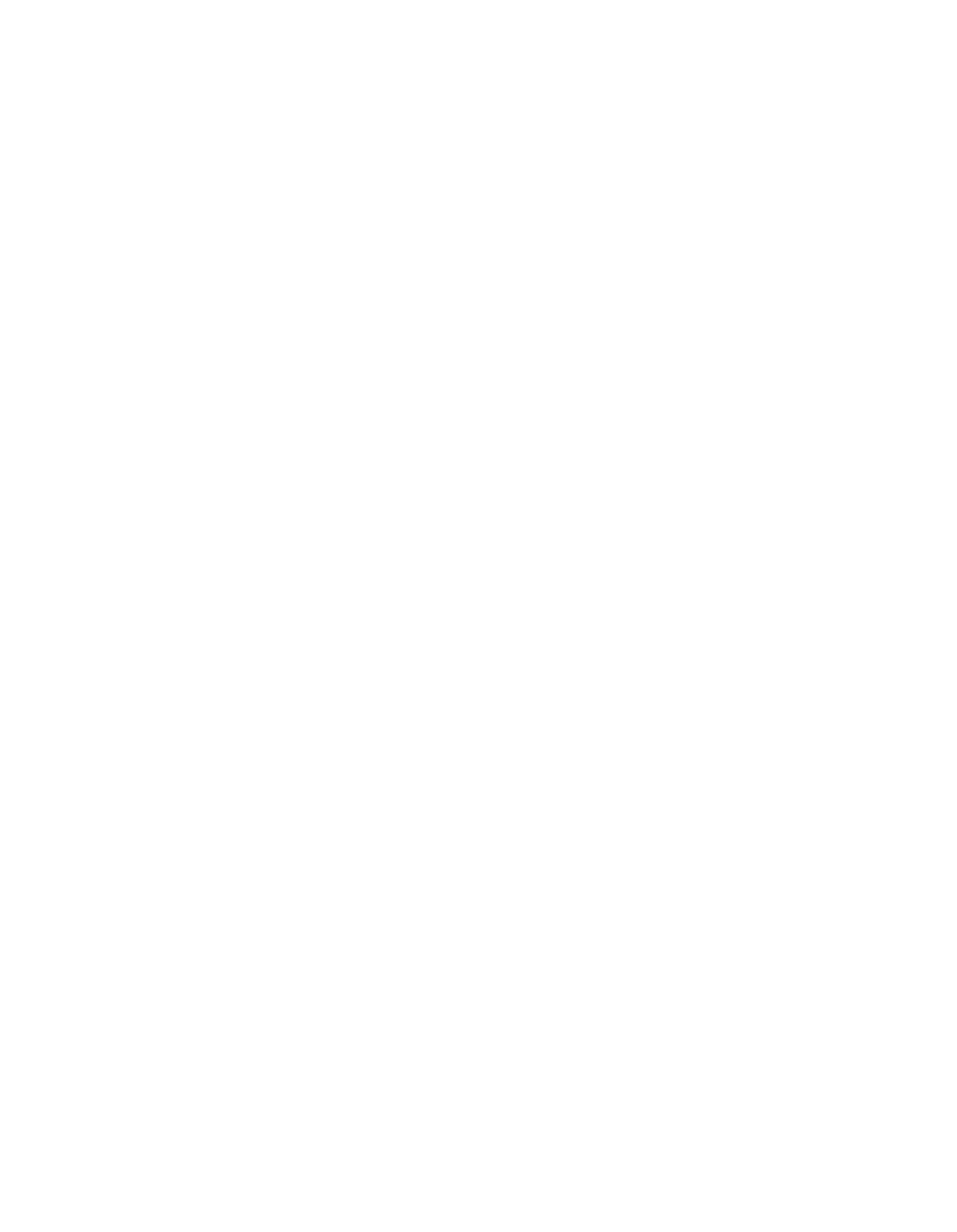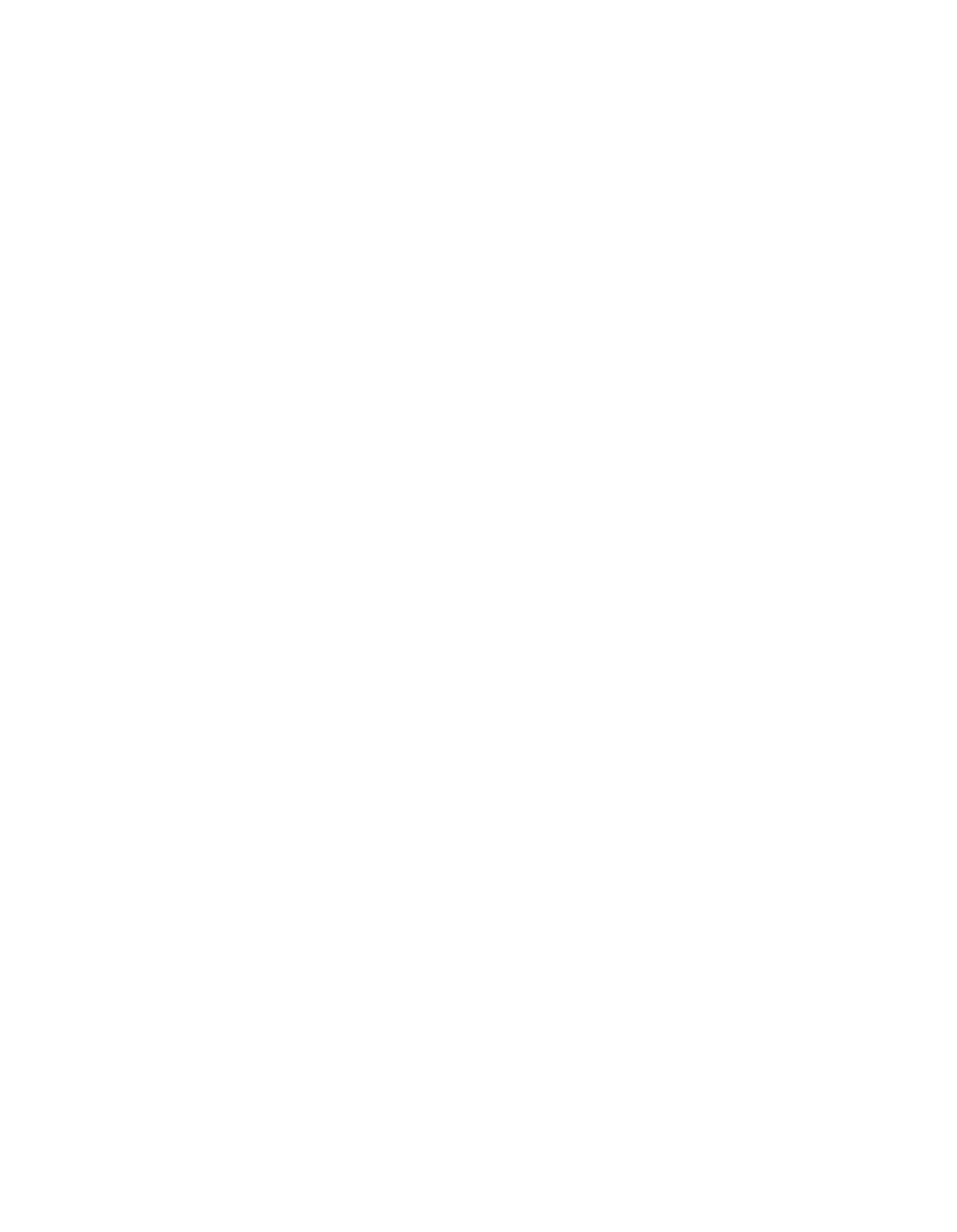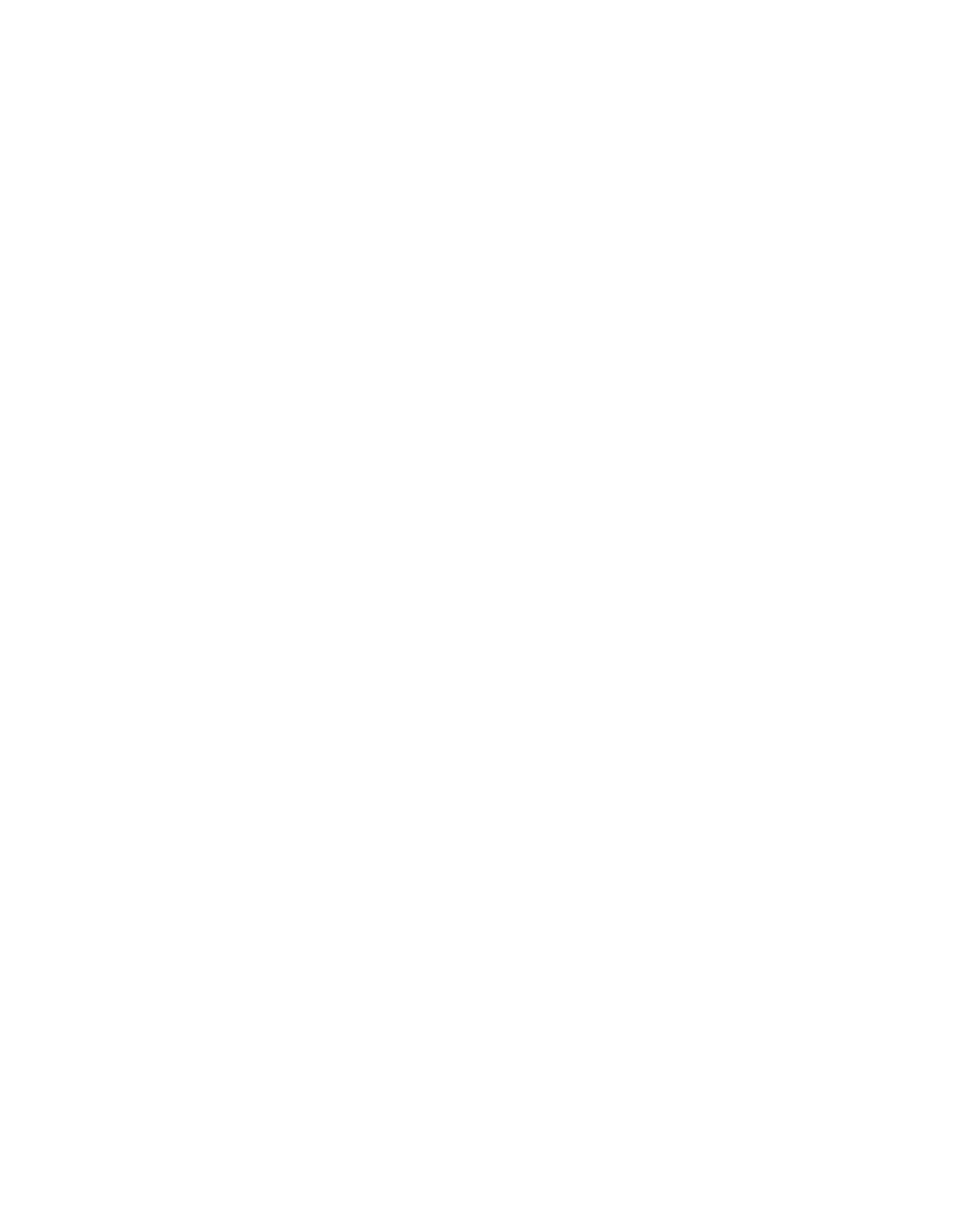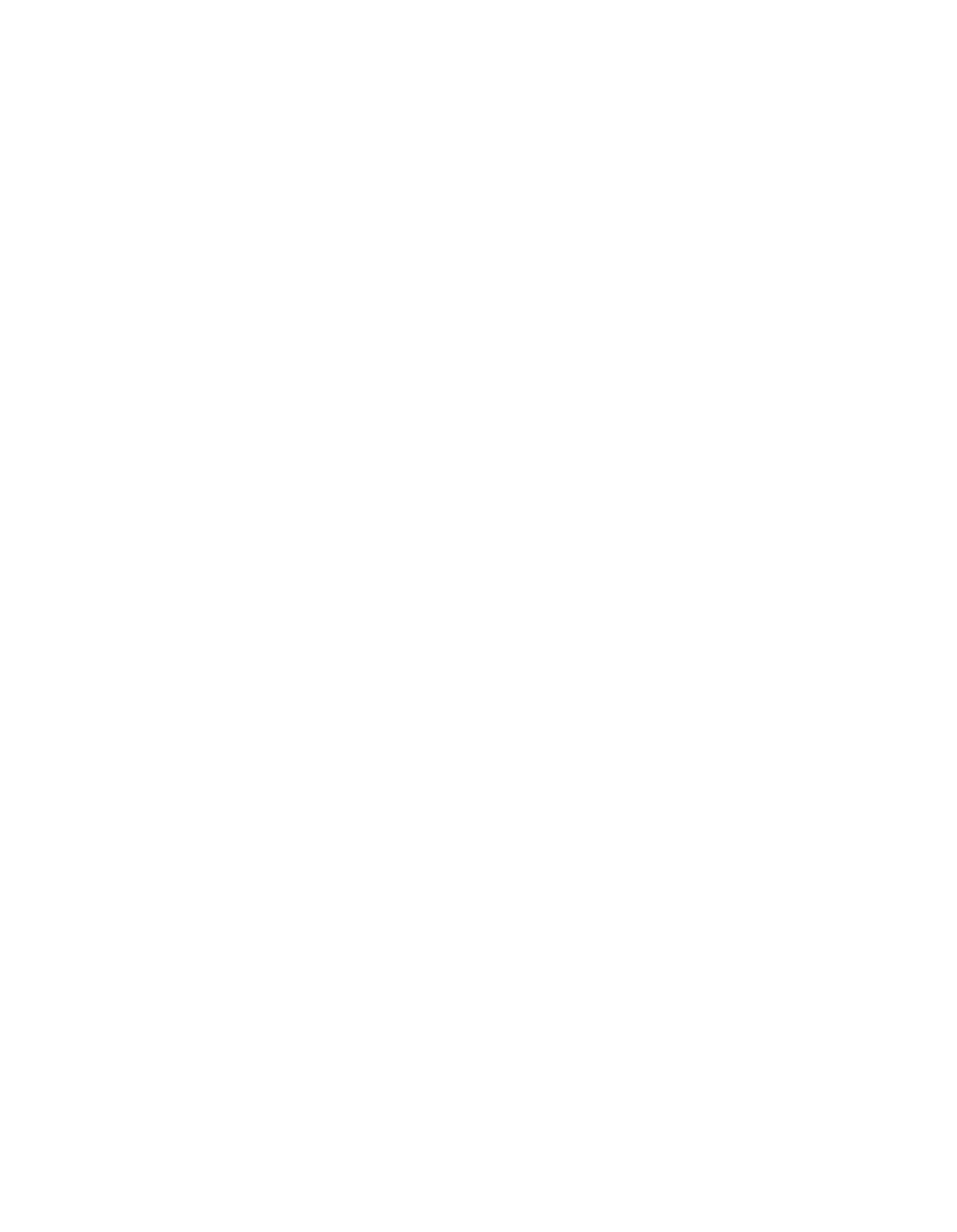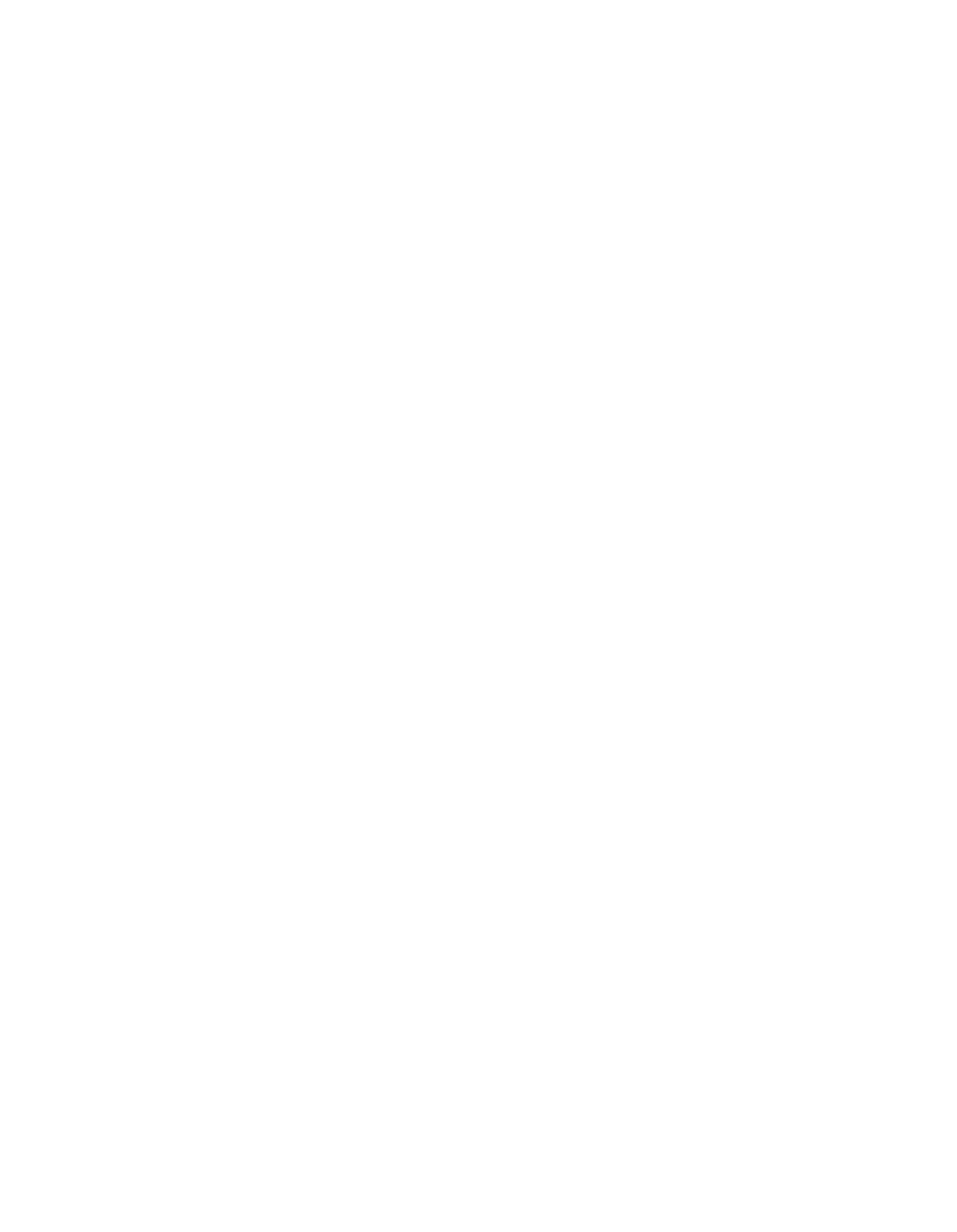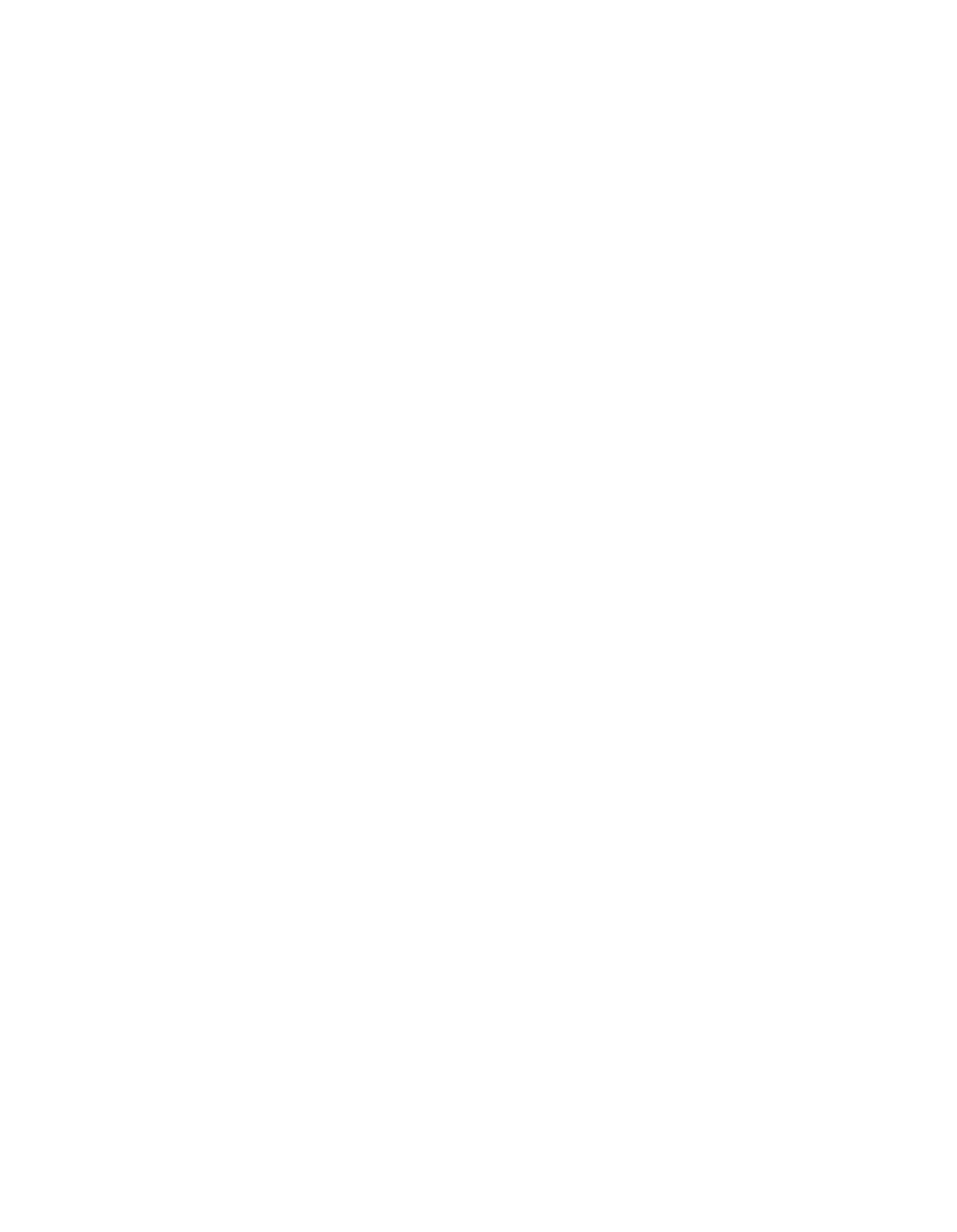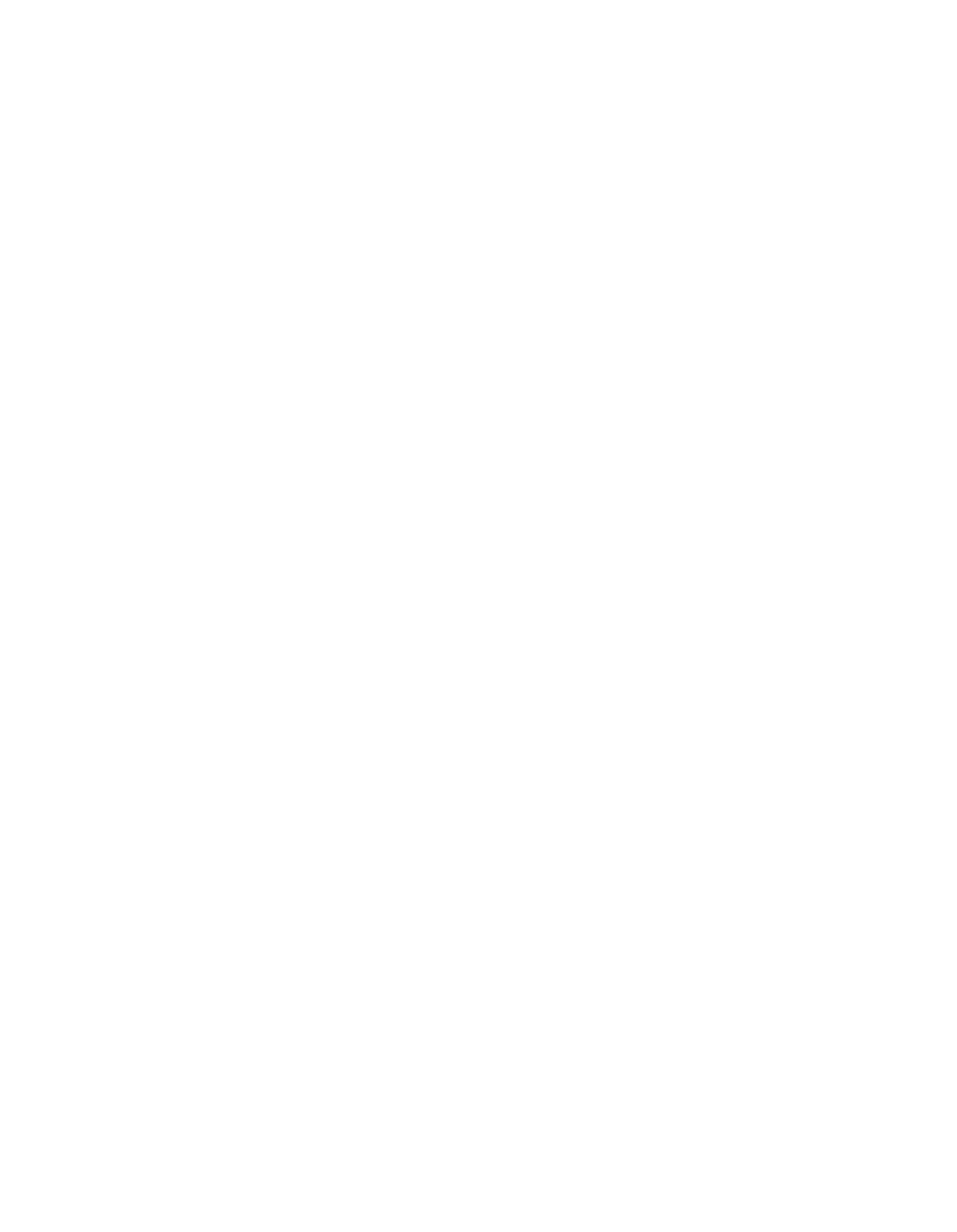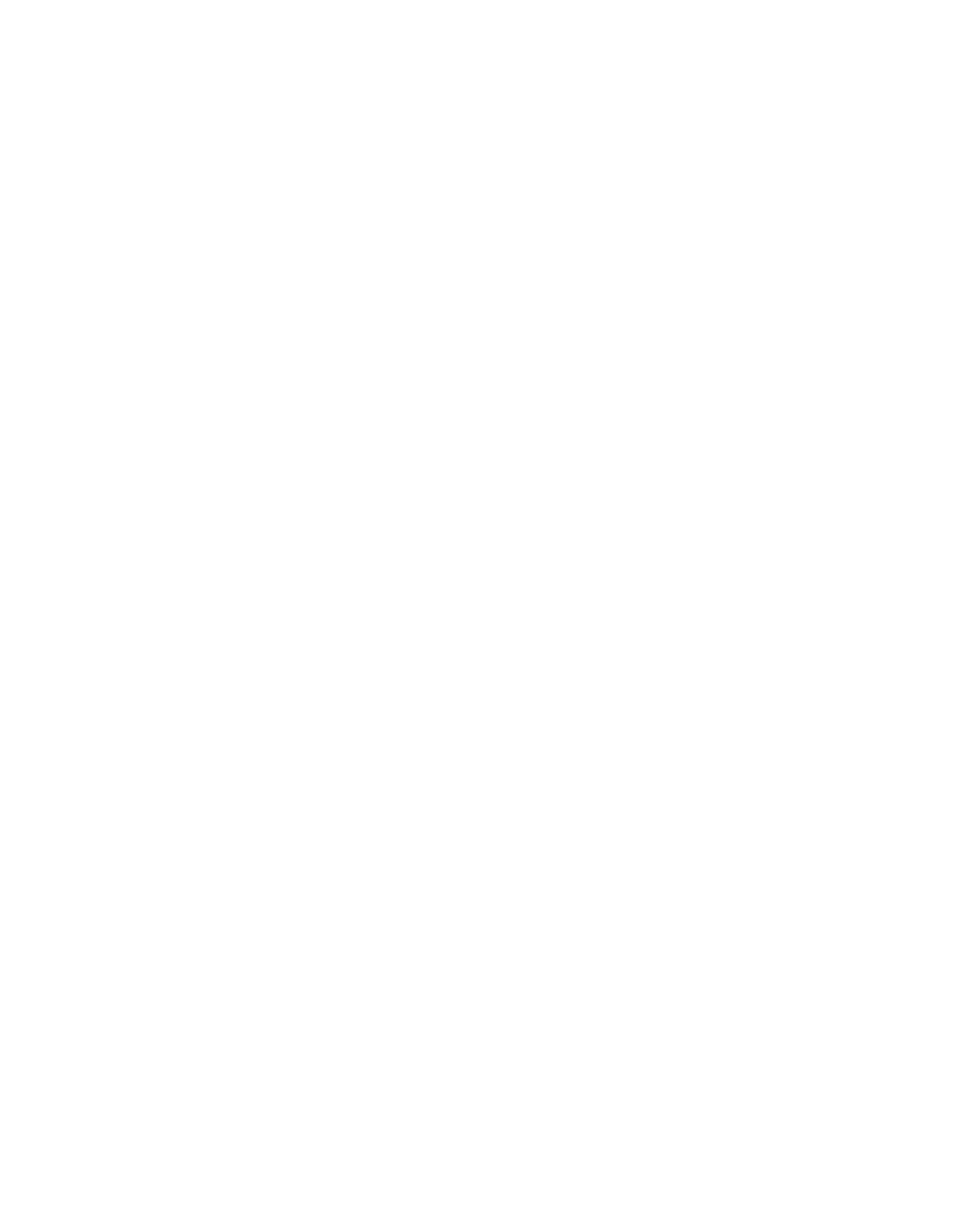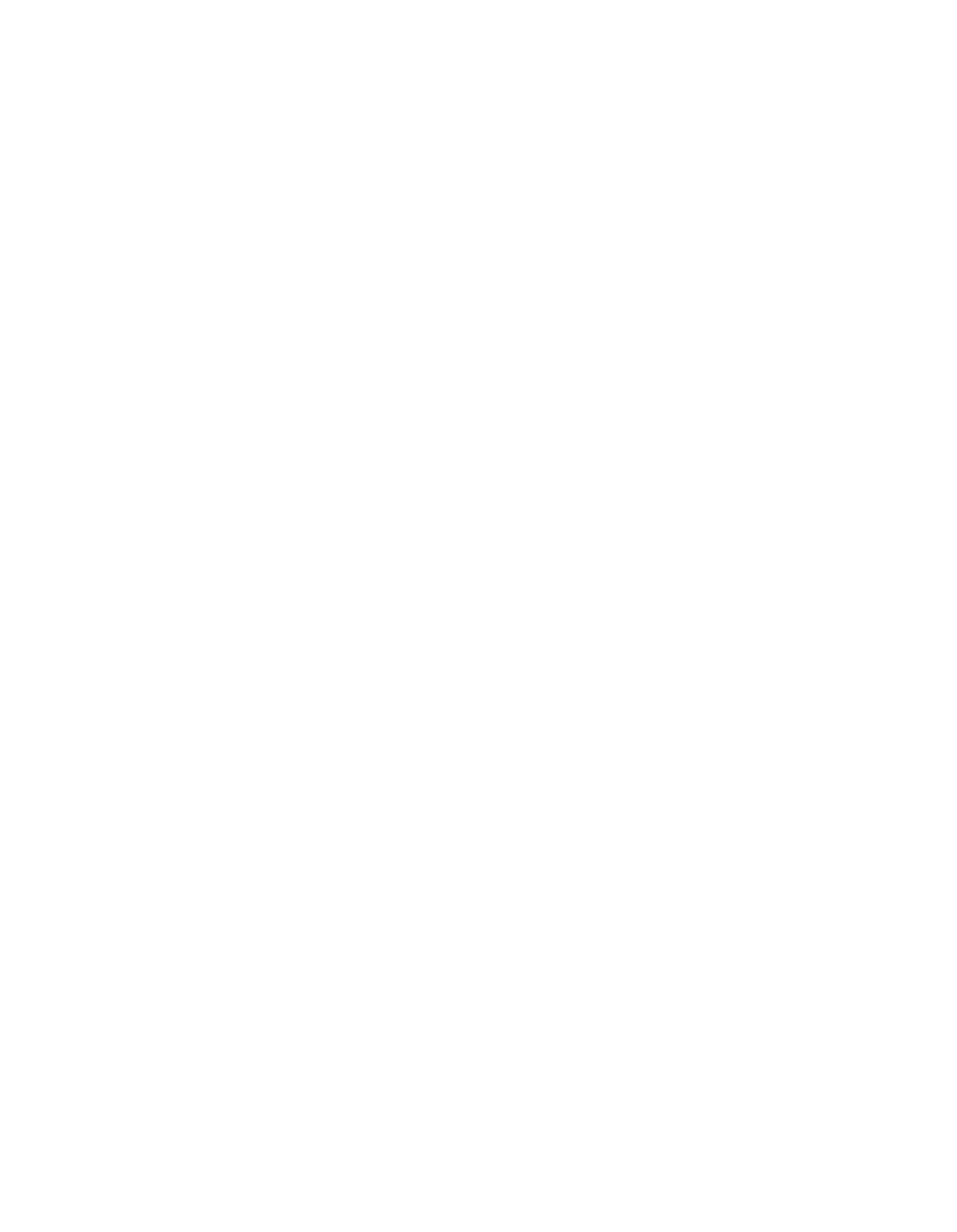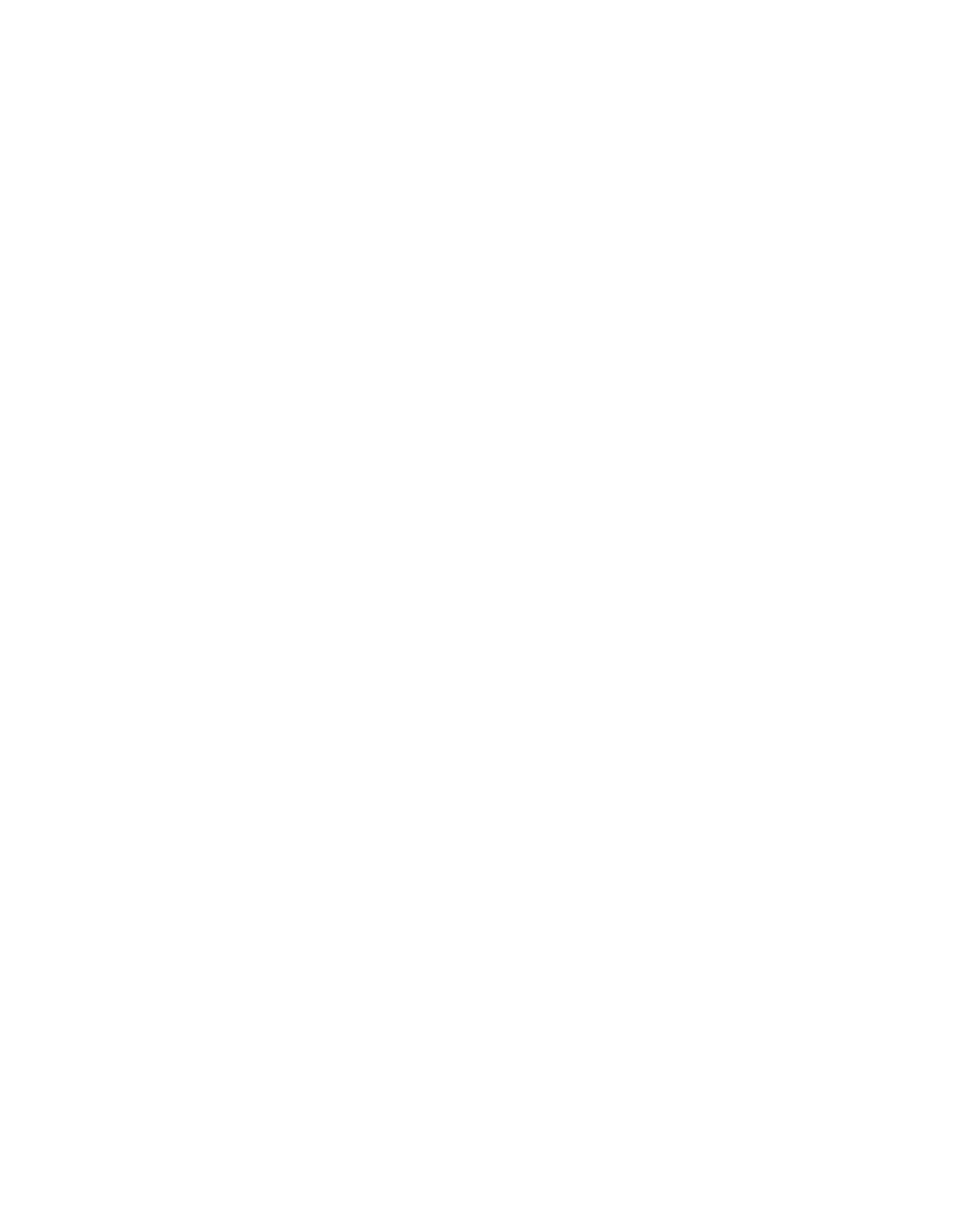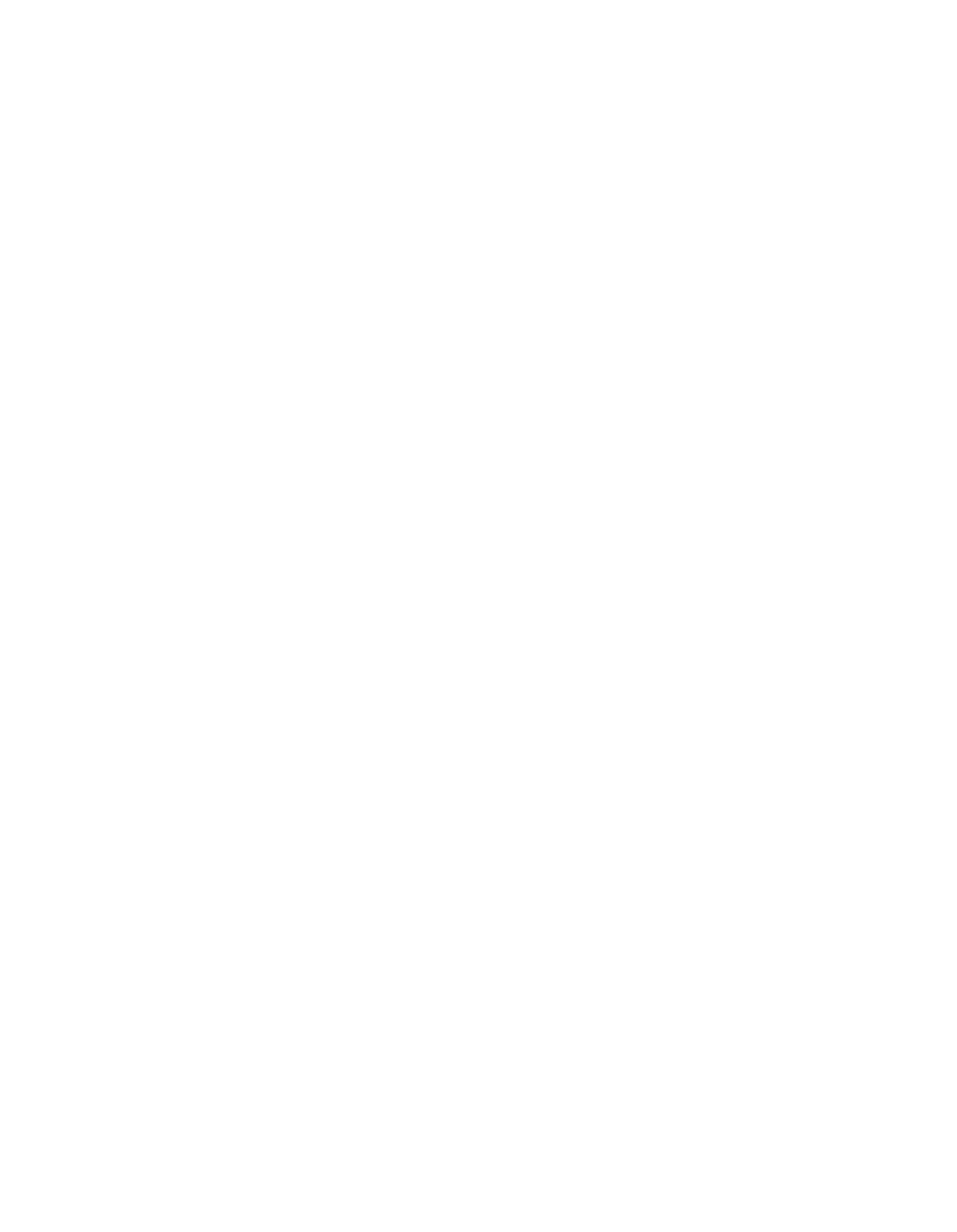ILLINOIS POLLUTION CONTROL BOARD
April
25,
1991
IN THE MATTER OF:
)
REPEAL OF NEW SOURCE
)
R89-7
(Docket
B)
PERFORMANCE STANDARDS AND
)
(Rulemaking)
HAZARDOUS AIR POLLUTANT
)
REGULATIONS
)
PROPOSED RULE.
SECOND NOTICE.
OPINION AND ORDER OF THE BOARD
(by J.D.
Durnelle):
On May 11, 1989
the Board, on its own motion,
proposed the
above—captioned rulemaking for First Notice.
The Board held two
hearings
in this matter,
one
in Chicago on August
16,
1989 and
the other
in Urbana on August
23,
1989.
As the result
of
comments
at hearing
by the Illinois Environmental Protection
Agency (“Agency”)
and the Illinois Manufacturers Association
(“IMA”),
the Board split
this proceeding into two dockets on
September
13,
1989.
Doc~ketA has since been adopted as a final
rule.
Today
the Board
is proposing Docket
B,
the repeal of
35 111.
Adm. Code Parts
230 and 231
in their entirety,
for Second
Notice.
This docket was adopted by the Board
for First Notice on
December
20,
1990 and published
in the Illinois Register on
January 25, 1991
at
0780.
Part
230 constitutes the Board’s New
Source Performance Standards
(NSPS) adopted by peremptory
rulemakings between
1979 and 1987.
Part 231 constitutes the
National Emission Standards
for Hazardous Air Pollutants
(NESHAPS)
also adopted by peremptory rulemaking between 1980 and
1987.
Prior
to
1987,
the Board was required to adopt the NSPS
and NESHAPS provisions
in order
for them to be enforceable in
Illinois.
However,
in
1987,
Section 9.1 of the Environmental
Protection Act
(Act)
was amended to cause the automatic
enforceability
of the NSPS and NESHAPS provisions
in Illinois.
As
a result,
the Board
is
no
longer required to formally adopt
NSPS and NESHAPS provisions
to make them effective;
the NSPS and
NESHAPS become effective immediately upon their adoption by the
United State Environmenta
Protection P~qency (“USEPA”).
As new NSPS and NESHAPS are promulgated by USEPA and become
enforceable
in Illinois pursuant
to Section 9.1 of the Act,
the
existing regulations may become outdated or even inconsistent
with the updated standards,
causing possible confusion
to the
regulated community.
1n repealing these parts,
the Board
stresses that this action
is not intended to and does
not cause
any substantive amendment
to the existing NSPS and NESHAPS
provisions enforceable under Section 9.1 of the Act.
121—731
As the Agency stated
in its comments made
at hearing,
a
problem arises due to the fact that other sections of the Board’s
air regulations reference the NSPS and NESHAPS provisions
proposed for repeal.
Consequently, these sections, which are
found within
35 Iii. Adm. Code Parts 201,
212 and 215, must be
amended to replace reference to Parts
230 and 231 with language
indicating the automatic enforceability
of
tJSEPA NSPS and NESHAPS
regulations through Section 9.1 of the Act.
Specifically, the
sections of
the Boards regulations which contain cross—references
to NSPS or NESHAPS regulations
in Parts
230 and 231 are as
follows:
201.102
201.401(a) (1) (B) (iii)
201. 401(a)
(
1) (D)
201. 401(b)
212.205
212.443(b) (2) (A)
212.443(b) (2) (B)
212.443(b) (3)
212.443(c) (1) (B)
212.443(c) (2) (A)
2l2.443(c)(2) (B)
215. 123 (a)
(
5)
Three other Sections
also containing references
to Parts
230
and 231 were not included at Second Notice and cannot •be included
here.
Those sections will be corrected
in a separate docket.
This will
in no
way change the affected sections or the existing
NSPS and NESHAPS Provisions enforceable under Section 9.1
of the
Act.
So as
to
avoid confusion
in the repealing of Parts 230 and
231 the following language will be added.
PART 230:
(BOARD NOTE:
All regulations promulgated by the U.S.
Environmental Protection Agency under
Section 111 of
the Clean
LAir act
(42 USC 7411)
as amended.. .RELATING TO STANDARDS OF
PERFORMANCE FOR NEW STATIONARY SOURCES (NSPS).. .ARE APPLICABLE,
~without formal adoption by the Board,
IN THIS STATE AND ARE
ENFORCEABLE UNDER (THE ENVIRONMENTAL PROTECTION ACT).
(ILL.
REV.
STAT.
1989,
CH. ll1~, PAR.
1009.1(b)).
PART 231:
(BOARD NOTE:
Any regulations promulgated
by the U.S.
Environmental Protection Agency under Section 112
of the Clean
Air Act
(42 USC 7412)
as amended.. .RELATING TO THE ESTABLISHMENT
OF NATIONAL EMISSION STANDARDS FOR HAZARDOUS AIR POLLUTANTS
(NESHAPS).. .ARE APPLICABLE,
without formal adoption by the Board,
121—732
—3—
IN THIS STATE AND ARE ENFORCEABLE UNDER
(THE ENVIRONMENTAL
PROTECTION ACT.
(ILL.
REV. STAT.
1989,
CH. 1ll~, PAR.
1009.1(b)).
The Clerk
is hereby directed to submit the following
revisions
to the Joint Committee on Administrative Rules.
ORDER
The Board hereby proposes the following amendments
to
35
Ill. Mm.
Code
201,
212,
215,
230 and 231 for Second Notice.
TITLE
35:
ENVIRONMENTAL PROTECTION
SUBTITLE B:
AIR POLLUTION
CHAPTER
I:
POLLUTION CONTROL BOARD
SUBCHAPTER a:
PERMITS AND GENERAL PROVISIONS
PART 201
PERMITS AND GENERAL PROVISIONS
SUBPART A:
DEFINITIONS
Section
201.101
Other Definitions
201.102
Definitions
201.103
Abbreviations and Units
201.104
Incorporations
by Reference
SUBPART
L:
CONTINUOUS MONITORING
Section
201.401
Continuous Monitoring Requirements
201.402
Alternative Monitoring
201.403
Exempt
Sources
201.404
Monitoring System Malfunction
201.405
Excess Emission Reporting
201.406
Data Reduction
201.407
Retention of Information
201.408
Compliance Schedules
Appendix A
Rule Into Section Table
Appendix B
Section Into Rule Table
Appendix C
Past Compliance Dates
AUTHORITY:
Implementing Section
10 and authorized by Section
27
of the Environmental Protection Act
(Ill.
Rev.
Stat.
1987,
ch.
ll1~,pars.
1010 and 1027)
SOURCE:
Adopted as Chapter
2:
Air Pollution,
Part
:
General
Provisions,
in R71—23,
4 PCB 191,
filed and effective April
14,
1972; amended
in P38—3 and
4,
35 PCB 75 and 243,
at
3
Ill.
Reg.
30,
p.
124,
effective July
28,
1979;
amended
in R80—5,
at
7
Ill.
Reg.
1244,
effective January 21,
1983;
codified a:
7
Ill. Reg.
12 1—733
—4—
13579; amended
in R82—1
(Docket A) at
10
Ill. Reg.
12628,
effective July
7, 1986; amended
in R87—38 at
13
Ill.
Reg.
2066,
effective February
3,
1989; amended
in R89-7A at
13
Ill. Reg.
19444, effective December
5,
1989; amended
in R89—7B at
______
effective _____________________________
Section 201.102
Definitions
“Specified Air Contaminant”:
any air contaminant as
to
which this Subtitle contains emission standards or other
specific limitations and any contaminant regulated
in
Illinois pursuant
to Section
9.1 of the Act.
(Source:
Amended at
15
Ill.
Reg.
____
,
effective
___________
.)
SUBPART L:
CONTINUOUS MONITORING
Section 201.401
Continuous Monitoring Requirements
a)
Except as otherwise provided at Section 201.402 and
Section 201.403, the owners and operators of the
following emission sources shall install, operate,
calibrate and maintain continuous monitoring equipment
for the indicated pollutants.
1)
Fossil fuel—fired steam generators with an annual
average capacity factor greater than
30,
as
reported to the Federal Power Commission
for
calendar year
1974,
or as otherwise demonstrated
to
the Agency through
the use of annual production
data and equipment rating information
representative
of
the facility’s operations,
shall
monitor
for:
A)
Opacity, when the steam generator
is greater
than
250 million Btu per hour heat input
unless:
i)
Gas
is the only fuel burned;
or
ii)
Oil or
a mixture of gas and oil are the
only fuels burned and the source can
comply with the limitations applicable
to
that source for particulate matter and
opacity without use of collection
equipment
for particulate matter and the
source has never been found to be in
violation of an applicable visible
or
particulate emission standard through any
administrative
or
judicial proceedings.
B)
Nitrogen oxides,
when:
i)
The steam generator
is greater than 1000
12 1—734
—5—
million Btu per hour heat input;
ii)
The facility
is located
in an Air Quality
Control Region where the Administrator,
U.S. Environmental Protection Agency, has
specifically determined pursuant to
Section 107 for the Clean Air Act
(42
U.S.C.
7407)
that
a control strategy for
nitrogen dioxide
is
necessary to attain
the national standards; and
iii) The owner or operator has not
demonstrated during compliance tests
per~~med
~uar~
~e 35
~
Adm~8~de
23e7Apper~d4xA or
4rt re~ua~4e~ade~ed
by the ~F-S--e~
met~a~Pre~ee~
Agei~ey~der
See~ei~~
of the e~ea~A~r
Ae~arid made a~ieab~e iri ~+~ne+a
~o See~eri 9--i of the ~~rio~s
Eerimeri~a~Pr
ee~ioriAe~that
the
source emits nitrogen oxides at levels
less than 30
or more beiow the emissions
standards applicable
to that source.
Such compliance tests shall be performed
pursuant to regulations promulgated by
the U.S. Environmental Protection Agency
under Section
111 of the Clean Air Act
(42 USC 7411),
as amended.
THE
PROVISIONS OF SECTION 111 OF THE CLEAN
AIR ACT.
.
.RELATING TO STANDARDS OF
PERFORMANCE FOR NEW STATIONARY SOURCES...
ARE APPLICABLE IN THIS STATE AND ARE
ENFORCEABLE UNDER ~HE ENVIRONMENTAL
PROTECTION ACTI.
(ILL.
REV.
STAT.
CH.
111L
PAR.
1009.1(b))
C)
Sulfur dioxide, when the steam generator
is
greater
than 250 million Btu per hour heat
input and which has installed and operates
sulfur dioxide pollution control equipment.
D)
Percent
oxygen or carbon dioxide, when
measurements
of oxygen or carbon dioxide
in
the flue gas are required
r~uan~~e 35
~
Adm- Bode 235~
perid~xA or
in regulations
adopted by the U.S. Environmental Protection
Agency under Section 111
of the Clean Air Act,
(42 USC 7411)
as amended,
arid made app+~a~e
~o See~teri9-~of the
~+rie+a
~rorimeri~a~ Protee~±oriAe~7or 4~
BFR 5~ A~oe~d4xP f~h4a~rieorperat4en
~e later ame~dmeri~or ed
~ori~--~
to
convert sulfur dioxide or
nitrogen oxide
continuous
emissions
data
to
units
of
the
12 1—735
—6—
ap~i~eab~e
emission standard applicable to
that source.
THE PROVISIONS OF SECTION 111 OF
THE CLEAN AIR ACT RELATING TO STANDARDS OF
PERFORMANCE FOR NEW STATIONARY SOURCES ARE
APPLICABLE IN THIS STATE AND ARE ENFORCEABLE
UNDER
THE
ILLINOIS ENVIRONMENTAL PROTECTION
ACTI.
(ILL.
REV.
STAT.,
CH. ll1~,PAR.
1009.1(b)).
2)
Sulfuric acid plants of greater
than
300 tons per
day production capacity,
the production being
expressed as 100 percent acid, shall monitor
for
sulfur dioxide at each point
of sulfur dioxide
emission.
3)
Nitric acid plants of greater than 300 tons per day
production capacity,
the production capacity being
expressed as 100 percent acid,
located
in an Air
Quality Control Region where the Administrator,
U.S. Environmental Protection Agency, has
specifically determined pursuant
to Section 107 of
the Clean Air Act that a control strategy for
nitrogen dioxide
is necessary
to attain the
national standard, shall monitor
for nitrogen
oxides at each point of nitrogen oxide emission.
4)
Petroleum refineries
shall monitor
for opacity at
each catalyst regenerator
for fluid bed catalytic
cracking units of greater than 20,000 barrels per
day fresh feed capacity.
b)
Except
for sources permitted to use alternative
monitoring pursuant
to Section 201.402, compliance with
the Illinois emissions limitations by the owners and
operators of emission sources required to monitor
continuously
shall be determined by the use of equipment
which meets the performance specifications
set
forth in
paragraphs 3.1 through
3.8 of 40 CFR 51, Appendix P
(1987)
(this incorporation includes no later amendments
or editions),
and relevant per~iori~of 35
~+~-~-
Adrn~Bode
238~-Apperid±~r
A arid B-~regulations promulgated by the
U.S. Environmental Protection Agency under Section
111
of
the Clean Air Act
(42 USC 7411), as amended.
THE
PROVISIONS OF SECTION lii. OF THE CLEAN AIR ACT RELATING
TO STANDARDS OF PERFORMANCE FOR NEW STATIONARY
SOURCES...ARE APPLICABLE
IN THIS STATE AND ARE
ENFORCEABLE UNDER
THE
ENVIRONMENTAL PROTECTION ACT.
(ILL.
REV.
STAT.,
CH. 11l~, PAR.
109.1(b)).
(Source:
Amended at
Ill.
Reg.
______
,
effective
TITLE 35:
ENVIRONMENTAL PROTECTION
SUBTITLE
B:
AIR POLLUTION
CHAPTER
1:
POLLUTION CONTROL BOARD
12 1—736
—7—
SUBCHAPTER c:
EMISSION STANDARDS AND LIMITATIONS
FOR STATIONARY SOURCES
PART 212
VISIBLE AND PARTICULATE MATTER EMISSIONS
SUBPART E:
PARTICULATE MATTER EMISSIONS FROM
FUEL COMBUSTION EMISSION SOURCES
Section
212.201
Existing Sources Using Solid Fuel Exclusively Located in
the Chicago Area
212.202
Existing Sources Using Solid Fuel Exclusively Located
Outside
the Chicago Area
212.203
Existing Controlled Sources Using Solid Fuel Exclusively
212.204
New Sources Using Solid Fuel Exclusively
212.205
Existing Coal—fired
Industrial Boilers Equipped with
Flue Gas Desulfurization Systems
212.206
Sources Using Liquid Fuel Exclusively
212.207
Sources Using More Than One Type of Fuel
212.208
Aggregation of Existing Sources
SUBPART R:
PRIMARY AND FABRICATED METAL
PRODUCTS AND MACHINERY MANUFACTURE
Section
212.441
Steel Manufacturing Processes
212.442
Beehive Coke Ovens
212.443
By—Product Coke Plants
212.444
Sinter Processes
212.445
Blast Furnace Cast Houses
212.446
Basic Oxygen Furnaces
212.447
Hot Metal Desulfurization Not Located
in the BOF
212.448
Electric Arc Furnaces
212.449
~Argon—Oxygen
Decarburization Vessels
212.450
Liquid Steel Charging
212.451
Hot Scarfina Machines
212.452
Measurement Methods
212.455
Highlines on Steel Mills
212.456
Certain Small Foundries
212.457
Certain Small Iron—melting Air Furnaces
AUTHORITY:
Implementing Section
10
and authorized by Section
27
of t:e Environmental Protection Act
(Ill.
Rev.
Stat.
1989,
ch.
lii
1/2,
pars.
1010 and 1027).
SOURCE:
Adopted as Chapter
2:
Air Pollution,
Rules
202 and
203:
Visual and Particulate Emission Standards and Limitations,
R71—23,
4 PCB 191,
filed and effective April
14,
1972;
amended
in
R77—15,
32 PCB 403,
at
3
Ill. Reg.
5,
p.
798, effective
February
3,
1979;
amended
in R78—lO,
35 PCB 347,
at
3
Ill.
Req.
39,
p.
184,
effective
September
28,
1979;
amended
in R78—ll,
35
PCB 505,
at
3
Ill.
Req.
45,
p.
100,
effective October
26,
1979;
12 1—737
—~—
amend?d
in R78—9,
38 PCB 411,
at
4
Ill. Req.
24,
p.
514,
effectiv;:e June
4,
1980;
amended in R79—ll,
43 PCB 481,
at
5
Ill.
Reg. iI~0,
effective October
19,
1981; codified at
7
Ill.
Req.
13591~autnended in R82—l
(Docket
A)
at
10 Ill.
Reg.
12637,
effecti~~eJuly
9, 1986; amended
in R85—33 at 10
Ill. Req.
18030,
effectiv~eOctober
7,
1986; amended
in R84—48 at 10
Ill. Req.
691,
effectiv~eDeceraber
18, 1986; amended in R84—42 at
11
Ill. Reg.
1410, ef:’eective December
30,
1986; amended
in R82—1(Docket
B)
at
12
Ill.
~eg.
12492, effective July
13,
1988; amended
in R89—7(B)
at
1
effective _________________________
SUBPART E:
PARTICULATE MATTER EMISSIONS FROM
FUEL COMBUSTION EMISSION SOURCES
Sectivn.
212.205
Existing Coal-fired Industrial Boilers
Equipped with Flue Gas Desulfurization Systems
Notwitlt’nnanding Sections 212.201 through 212.204, no person shall
cause
.ov.
allow
the emission of particulate matter into the
atmospre
from existing coal—fired
industrial boilers equipped
with ~
gas desulfurization systems
to exceed 0.39 kg of
partiral~atematter per MW—hr of actual heat input
in any one—hour
perio~
‘~
0.25
lbs/mmbtu).
Nothing
in this rule shall be construed
to pr~v~:~nt
compliance with applicable regulations
~ri
~
Adm~ £~‘de~3Ø~
promulgated by the U.S. Environmental Protection
Agency ~ rider Section 111
of the Clean Air Act
(42 USC 7411)
as
amend•e~.
THE PROVISIONS OF SECTION 111 OF THE CLEAN AIR ACT
RELAT3N~ TO STANDARDS OF PERFORMANCE FOR NEW STATIONARY
SoURcES
.~.
.ARE APPLICABLE
IN THIS STATE AND ARE ENFORCEABLE UNDER
THE
E
RONMENTAL PROTECTION ACT.
(ILL.
REV.
STAT.,
CH. l11~,
PAR. 10(~9.l(b)I~.
(Sourc~:
Amended at 15
Ill.
Req.
_____
,
effective
_______
SUBPART
R:
PRIMARY AND FABRICATED METAL
PRODUCTS AND MACHINERY MANUFACTURE
Sectic~i
212.443
By—Product Coke Plants
a~
Subpart
B shall not apply to by—product coke plants.
Charging:
1)
Uncaptured Emissions
A)
No person shall cause or allow the emission
of
visible particulate matter from any coke oven
charging operation,
from the introduction of
coal into the first charge port,
as
indicated
by the first mechanical movement of
the coal
feeding mecnanism on the larry car,
to the
replacement of the final charge port lid for
more than a total
of 125 seconds over
5
consecutive charges; provided however
that
1
121—738
—9--
charge out of any
20 consecutive charges may
be deemed an uncountable charge at the option
of the operator.
B)
Compliance with the limitation set forth
in
subsection
(A)
shall be determined
in the
following manner:
i)
Observation of charging emissions shall
be made from any point
or points on the
topside of a coke oven battery from which
a qualified observer can obtain an
unobstructed view of the charging
operation.
ii)
The qualified observer shall
time the
visible emissions with
a stopwatch while
observing
the charging operation.
Only
emissions from the charge port and any
part
of the larry car
shall be timed.
The observation shall commence as soon as
coal
is introduced into the first charge
port
as
indicated by the first mechanical
movement
of the coal feeding mechanism on
the larry car and shall
terminate when the last charge port
lid
has been replaced.
Simultaneous
emissions
from more than one emission
point shall
be timed and recorded as one
emission and shall
not be added
individually
to the total
time.
iii)
The qualified observer shall determine
and record the total number of seconds
that charging emissions are visible
during the charging of coal to the coke
oven.
iv)
For each charge observed,
the qualified
observer shall record the total number
of
seconds
of visible emissions,
the clock
time for the initiation and completion
of
the charging operation and the battery
identification and oven number.
v)
The qualified observer shall no~ record
any emissions observed after all charging
port
lids have been firmly seated
following removal
of the larry car,
such
as emissions occurring when a lid has
been temporarily removed
to permit
spilled coal
to be swept into the oven.
12 1—739
vi)
In the event
that observations from
a
charge are interrupted
the data from the
charge shall be invalidated and the
qualified observer shall note on his
observation sheet the reason for
invalidating the data.
The qualified
observer shall
then resume observation of
the next consecutive charge or charges
and continue until
a
set
of five charges
has been
recorded.
Charges immediately
preceding and following interrupted
observations shall be considered
consecutive.
2)
Emissions from Control Equipment
A)
Emissions of particulate matter from control
equipment used to capture emissions during
charging shall
not exceed 0.046 gm/dscm (0.020
gr/dscf).
Compliance shall be determined
in
accordance with the procedures set forth
in 35
H~
Adm7 Bode ~S9-~Appertd±xA ?40
CFR 60,
Appendix A,
Methods
1—5-)- as regulations
promulgated by the U.S.
Environmental
Protection Agency under
Section 111 of the
Clean Air Act
(42 USC 7411),
as amended.
THE
PROVISIONS OF SECTION
ill OF THE CLEAN AIR
ACT...RELATING TO STANDARDS OF PERFORMANCE FOR
NEW STATIONARY SOURCES.. .ARE APPLICABLE
IN
THIS STATE AND ARE ENFORCEABLE UNDER
THE
ENVIRONMENTAL PROTECTION ACT.
(ILL.
REV.
STAT.,
CH. lll~,PAR.
1009.1(b)).
B)
The opacity of emissions from control
equipment shall not exceed an average of
20,
averaging the total number of
readings
taken.
Opacity readings shall be taken at 15—
second intervals from the introduction of coal
into the first charge port as
indicated by the
first mechanical movement of the coal feeding
mechanism on the larry car to the replacement
of the final charge port
lid.
Compliance,
except for the number of readings required,
shall be determined
in accordance with 35
~~--
Adm-- Bode ~3eTAppendix A t40 CFR 60, Appendix
A, Method 9+, exeep~ for the number of
read~rigsre~~reth- as regulations promulgated
by the U.S. Environmental Protection Agençy
under Section
111 of the Clean Air Act
(42 USC
7411),
as amended.
THE PROVISIONS OF SECTION
111 OF THE CLEAN AIR ACT.. .RELATING
TO
STANDARDS OF PERFORMANCE FOR
NEW STATIONARY
SOURCES.
.
.ARE APPLICABLE
IN THIS STATE AND ARE
ENFORCEABLE
UNDER
THE
ENVIRONMENTAL
121—740
—11—
PROTECTION ACT.
(ILL. REV.
STAT.,
CH. l1l~,
PAR.
1009.1(b)).
C)
Opacity readings of emissions from control
equipment shall be taken concurrently with
observations of fugitive particulate matter.
Two qualified observers shall be required.
3)
Qualified observers referenced
in subsection
(b)
shall be certified pursuant to 35
~~--
Adm-- Bode
~38--
Appertdix A ~40 CFR
60, Appendix A, Method
9,+
as regulations promulgated
by the U.S.
Environmental Protection Agency under
Section 111
of the Clean Air Act
(42 USC 7411),
as amended.
THE PROVISIONS OF SECTION 111 OF THE CLEAN AIR
ACT..
.
RELATING TO STANDARDS OF PERFORMANCE FOR NEW
STATIONARY SOURCES...ARE APPLICABLE
IN THIS STATE
AND ARE ENFORCEABLE UNDER
THE
ENVIRONMENTAL
PROTECTION ACT.
(ILL.
REV.
STAT.,
CH. lll~, PAR.
1009.1(b)).
c)
Pushing:
1)
Uncaptured Emissions
A)
Emissions of fugitive particulate matter from
pushing operations shall
not exceed an average
of 20
opacity
for
4 consecutive pushes
considering the highest average of six
consecutive readings in each push.
Opacity
readings shall be taken at
15—second
intervals, beginning from the time the coke
falls into the receiving car or
is first
visible as
it emerges
from the coke guide
whichever occurs earlier, until the receiving
car enters the quench tower or quenching
device.
For a push of less than 90 seconds
duration,
the actual number of
15—second
readings shall be averaged.
B)
Opacity readings shall be taken by a qualified
observer located
in a position where the oven
being pushed, the coke receiving car and the
path to the quench tower are visible.
The
opacity shall be read as the emissions rise
and clear
the top of
the coke battery gas
mains.
The qualified observer shall record
opacity readings of emissions originating at
the receiving car and associated equipment and
the coke oven,
including the standpipe on the
coke side of the oven being pushed.
Opacity
readings shall be
taken in accordance with the
121—74 1
—12—
procedures
set forth in 35 ~
Adm~Bode ~.3~--
Apperidix A
-(-40 CFR 60, Appendix A, Method
9,
except that Section 2.5 for data reduction
shall not be used.
The qualified observer
referenced
in this subsection shall be
certified pursuant to 35
fl3-r
AdMT
Bode
~39~-A~perid4x
A ±40CFR
60, Appendix A, Method
9,
as
regulations promlgated by the U.S.
Environmental Protection Agency under Section
111 of the Clean Air Act
(42 USC 7411),
as
amended.
THE PROVISIONS OF SECTION 111 OF THE
CLEAN AIR ACT...RELATING TO STANDARDS OF
PERFORMANCE FOR NEW STATIONARY SOURCES.
.
.ARE
APPLICABLE
IN THIS STATE AND ARE ENFORCEABLE
UNDER
(THE ENVIRONMENTAL PROTECTION ACT.
(ILL.
REV.
STAT.,
CH. ll1~,PAR.
1009.1(b)).
2)
Emissions from Control Equipment
A)
The particulate emissions from control
equipment used
to control emissions during
pushing operations
shall
not exceed 0.040
pounds per ton of coke pushed.
Compliance
shall be determined
in accordance with the
procedures
set forth in
35 E~-~Adm-- Bode ~3B--
Append4~A
-40 CFR 60, Appendix A, Methods
1-
5,
as regulations promulgated by the U.S.
Environmental Protection Agency under Section
111 of the Clean Air Act (42 USC 7411), as
amended.
THE PROVISIONS OF SECTION 111 OF THE
CLEAN AIR ACT.
.
.RELATING TO STANDARDS OF
PERFORMANCE FOR NEW STATIONARY SOURCES.. .ARE
APPLICABLE
IN THIS STATE AND ARE ENFORCEABLE
UNDER
THE
ENVIRONMENTAL PROTECTION ACT.
(ILL.
REV.
STAT.,
CH. ll1~, PAR.
1009.1(b)).
arid Compliance shall be based on an arithmetic
average of three
runs (stack tests)
and the
calculations shall
be based on the duration of
a push as defined in subsection
(c)(l)(A).
B)
The opacity of
emissions from control
equipment used to control emissions during
pushing operations shall not exceed
20.
For
a push of less than six minutes duration,
the
actual number of
15—second readings taken
shall
be averaged.
Compliance shall be
determined in accordance with 35
H~t~
AdMT
Bode ~ae~Apperid~ A
-(-40 CFR 60, Appendix A,
Method
9,
as regulations promulgated by the
U.S.
Environmental Protection Agency under
Section
111 of
the Clean Air Act
(42 USC
7411),
as amended.
THE PROVISIONS OF SECTION
12 1—742
—13—
111 OF THE CLEAN AIR ACT...RELATING TO
STANDARDS OF PERFORMANCE FOR NEW STATIONARY
SOURCES.. .ARE APPLICABLE IN THIS STATE AND ARE
ENFORCEABLE UNDER
THE
ENVIRONMENTAL
PROTECTION ACTI.
(ILL.
REV.
STAT., CH. l1l~,
PAR.
1009.1(b).
____________
.exeepk~
that
Section 2.5 of
40
CFR 60, Appendix A,
Method
9 for data
reduction shall not be used for pushes of less
than six minutes duration.
d)
Coke Oven Doors:
1)
No person shall cause or allow visible emissions
from more than 10
of all coke oven doors at any
time.
Compliance shall be determined
by a one pass
observation of all coke oven doors
on any one
battery.
2)
No person shall cause or allow the operation of
a
coke oven unless there
is on the plant premises at
all times an
adequate inventory of
spare coke oven
doors and seals and unless
there is
a readily
available coke oven door repair facility.
e)
Coke Oven Lids:
No person shall
cause or allow visible
emission from more than 5
of all coke oven lids at
any
time.
Compliance shall be determined by a one pass
observation of all coke oven lids.
f)
Coke Oven Offtake Piping:
No person shall cause or
allow visible emissions from more than 10
of all coke
oven offtake piping at any time.
Compliance
shall be
determined by a one pass observation of all coke oven
ofttake piping.
g)
Coke Oven Combustion Stack:
No person shall cause or
allow the emission of particulate matter from
a coke
oven combustion stack to exceed 110 mg/dscm
(0.05
gr/dscf)
h)
Quenching:
All coke oven quench towers shall
be
equipped with grit arrestors or equipment of comparable
effectiveness.
The make—up water shall not directly
include coke by—product plant effluent.
Total dissolved
solids concentrations
in the make—up water shall not
exceed 1500 mg/i.
Provided however that the limitations
on the quality of quench make—up water shall
not apply
where the operator employs an equivalent method of
control as determined by the Agency.
1)
Work Rules:
No person shall cause or allow
the
operation of
a by—product coke plant except
in
accordance with operating and maintenance work rules
121—743
—14—
approved by the Agency.
(Source:
Amended at
15
111.
Reg.
,
effective
_______
.)
TITLE 35:
ENVIRONMENTAL PROTECTION
SUBTITLE
B:
AIR
POLLUTION
CHAPTER
I:
POLLUTION
CONTROL
BOARD
SUBCHAPTER
C:
EMISSIONS
STANDARDS
AND
LIMITATIONS
FOR
STATIONARY
SOURCES
PART 215
ORGANIC MATERIAL EMISSION STANDARDS AND LIMITATIONS
SUBPART B:
ORGANIC EMISSIONS FROM STORAGE AND LOADING
OPERATIONS
Section
215.121
Storage Containers
215.122
Loading Operations
215.123
Petroleum Liquid Storage Tanks
215.124
External Floating Roofs
215.125
Compliance Dates and Geographical Areas
215.126
Compliance Plan
AUTHORITY:
Implementing Section
10 and authorized by Section
27
of the Environmental Protection Act
(Ill.
Rev.
Stat.
1989,
ch.
lll~pars.
1010 and 1027).
SOURCE:
Adopted as Chapter
2:
Air Pollution,
Rule 205:
Organic
Material Emission Standards and Limitations, R7l—23,
4 PCB 191,
filed and effective April
14, 1972;
amended in R77—3,
33 PCB 357,
at
3
Ill. Req.
18,
p.
41, effective May
3,
1979; amended
in R78—3
and R78—4,
35 PCB 75,
at
3
Ill.
Reg.
30,
p.
124,
effective July
28,
1979; amended
in R80—5 at
7
Ill.
Reg.
1244, effective January
21,
1983; codified at
7
Ill. Req.
13601;
Notice of Corrections at
7
Ill.
Req.
14575; amended
in R82—14
at
8
Ill. Req.
13254,
effective July 12,
1984; amended
in R83—36 at
9
Ill. Reg.
9114,
effective May 30,
1985; amended
in R82—l4 at
9
Ill.
Reg.
13960,
effective August 28,
1985; amended
in R85—28 at
11
Ill.
Req.
3127,
effective February
3,
1987;
amended in R82—l4 at
11
Ill.
Reg.
7296,
effective April
3,
1987; amended
in R85—2l(A) at
11
Ill.
Reg.
11770, effective June 29,
1987;
recodified in R86—39 at
11
Ill. Reg.
13541; amended
in R82—14 and R86—12 at
11
Ill. Reg.
16706,
effective September
30, 1987;
amended
in R85—2l(B)
at
11
Ill. Req.
19117, effective November
9,
1987;
amended
in R86—36,
R86—39, R86—40 at 11
Ill. Req.
20829, effective December
14,
1987;
amended in R82—14 and R86—37 at
12
Ill. Reg.
815, effective
December
24,
1987;
amended in R86—l8 at
12
Ill.
Req.
7311,
effective April
8,
1988;
amended
in R86—lO at
12
Ill.
Req.
7650,
effective April 11,
1988; amended
in R88—23 at
13
Ill.
Req.
10893, effective June
27, 1989; amended
in R89—7(B)
at
,
effective
______
121—744
—15—
Section 215.123
Petroleum Liquid Storage Tanks
a)
The requirements of subsection
(b)
shall not apply to
any stationary storage tank:
1)
Equipped before January
1,
1979 with one of
the
vapor
loss control devices specified
in Section
215.121(b),
except Section 215.l21(b)(1);
2)
With a capacity of less than 151.42 cubic meters;
3)
With
a capacity of less than 1,600 cubic meters
(422,400 gallons) and used to store produced crude
oil and condensate prior
to custody transfer;
4)
With a capacity of less than 1,430 cubicmeters
(378,000 gallons) and used to storeproduced oil
or
condensate
in crude oil gathering;
5)
Subject to new source performance standards
for
storage vessels of petroleum liquid,
35
~
AdmT
eode
239-r
40 CFR
60,
as regulations promulgated by
the U.S.
Environmental Protection Agency under
Section ill
of the Clean Air Act
(42 USC 7411), as
amended.
THE PROVISIONS OF SECTION ill OF THE
CLEAN AIR ACT.
.
.RELATING TO STANDARDS OF
PERFORMANCE FOR NEW STATIONARY SOURCES.
.
.ARE
APPLICABLE
IN THIS STATE AND ARE ENFORCEABLE UNDER
THE
ENVIRONMENTAL PROTECTION ACT).
(ILL.
REV.
STAT., CH. lll~,PAR.
1009.1(b)).
6)
In which volatile petroleum liquid
is not stored;
or
7)
Which
is
a
pressure tank as described
in Section
215.121(a).
b)
Subject
to subsection
(a)
no owner
or operator
of a
stationary storage
tank shall cause or allow the storage
of any volatile petroleum liquid
in the tank unless:
1)
The tank
is equipped with one of the vapor
loss
control devices specified in Section 215.121(b);
2)
There are
no
visible
holes,
tears
or
other
defects
in
the
seal
or
any
seal
fabric
or
material
of
any
floating
roof;
3)
All openings of any floating roof deck,
except stub
drains,
are equipped with covers,
lids or seals
such
that:
A)
The
cover,
lid
or
seal
is
in
the
closed
121—745
—16—
position at all times except when petroleum
liquid
is transferred to or from the tank;
B)
Automatic bleeder vents are closed at all
times except when the roof is floated off or
landed on the roof leg supports;
and
C)
Rim vents,
if provided, are set to open when
the roof
is being floated off the roof leg
supports or at the manufacturer’s recommended
setting;
4)
Routine inspections of floating roof seals are
conducted through roof hatches once every six
months;
5)
A complete inspection of
the cover and seal of any
floating
roof
tank
is
made
whenever
the
tank
is
emptied for
reasons other than the transfer of
petroleum liquid during
the normal operation of the
tank,
or whenever
repairs are made as a result of
any semiannual inspection or incidence of
roof
damage or defect; and
6)
A record of
the results of each inspection
conducted under subsection
(b)(4)
or
(b)(5)
is
maintained.
c)
Owners and operators of petroleum liquid storage tanks
were
required to have compliance schedules as summarized
in
Appendix
C.
(Source:
Amended at
15
Ill.
Req.
,
effective
___________
).
TITLE
35
ENVIRONMENTAL
PROTECTION
SUBTITLE B:
AIR POLLUTION
CHAPTER
I:
POLLUTION CONTROL BOARD
SUBCHAPTER
e:
PEREMPTORY RULES
PART
230
NEW SOURCE PERFORMANCE STANDARDS
(Repealed)
(BOARD NOTE:
All regulations promulgated by the U.S.
Environmental Protection Agency under Section 111
of the Clean
Air act
(42 USC 7411)
as amended.. .RELATING TO STANDARDS OF
PERFORMANCE FOR NEW STATIONARY SOURCES (NSPS).. .ARE APPLICABLE,
without formal adoption by the Board,
IN THIS STATE AND ARE
ENFORCEABLE UNDER
(THE ENVIRONMENTAL PROTECTION ACT).
(ILL.
REV.
STAT.
1989,
CH. l1l~, PAR.
1009.1(b)).
(Source:
Repealed at
15
Ill. Req.
______,
effective
TITLE
35:
ENVIRONMENTAL
PROTECTION
SUBTITLE
B:
AIR
POLLUTION
121—746
—17—
CHAPTER
I:
POLLUTION CONTROL BOARD
SUBCHAPTER
e:
PEREMPTORY RULES
PART 231
HAZARDOUS AIR POLLUTANTS
(Repealed)
(BOARD NOTE:
Any regulations promulgated by the U.S.
Environmental Protection Agency under Section
112 of the Clean
Air Act
(42 USC 7412)
as amended...RELATING TO THE ESTABLISHMENT
OF NATIONAL EMISSION STANDARDS FOR HAZARDOUS AIR POLLUTANTS
(NESHAPS)...ARE APPLICALBE, without formal adoption by the Board,
IN THIS STATE AND ARE ENFORCEABLE UNDER
(THE ENVIRONMENTAL
PROTECTION ACT.
(ILL.
REV.
STAT.
1989,
CH. 1ll~, PAR.
1009.1(b)).
(Source:
Repealed at 15
Ill. Reg.
_____
,
effective
___________
IT
IS SO ORDERED.
I, Dorothy
M. Gunn, Clerk of the Illinois Pollution Control
Board hereby certify that the above Opinion and Order was adopted
on the
~
day of
~
,
1991 by a vote
of
7—c
.
Ii
Control Board
12 1—747
